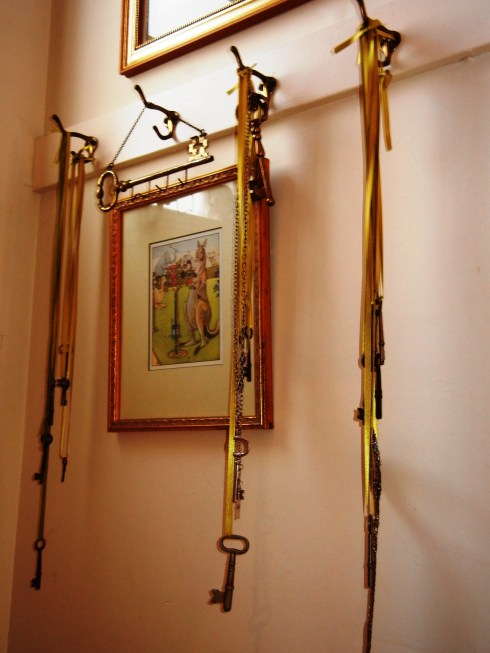While many European countries have had a consistent bicycle culture for a century or so, America’ s relationship with two-wheelers seems to run in cycles (pardon the pun). I think we want to be a bicycling nation now, but this was certainly not the case twenty years ago and our national obsession with the automobile will never go away. This weekend, instead of getting out on my bike (one of the few forms of exercise that I really enjoy) I read (or perused) two books on bicycles, both of which made a pretty strong visual case for the existence of a vibrant American bicycling culture at the turn of the last century. Cyclopedia by William Fotheringham is an illustrated reference book about the history and trivia of bicycles, a pick-up-and-learn-all-sorts-of-little-things type of book, while Wheels of Change: How Women Rode the Bicycle to Freedom (with a Few Flat Tires along the Way) by Sue Macy explores the interesting relationship between women’s’ liberation and bicycling, a connection that is easily supported by the print and popular culture of the period.
An editorial cartoon from the June 19, 1895 edition of Puck magazine links the many varieties of the “new woman” (wearing pantaloons!) with bicycles, and a poster advertisement for the New York Ledger from a couple of years later features a woman wearing even shorter bloomers. It appears that the bicycle aided the progress of dress reform, at the very least.
Actually the famous bicycless (?) Elsa von Blumen was one of the first ladies to blaze this trail, winning races against horses and other women racers on her high-wheel bicycle in the 1880s and marketing photographs of herself in full bicycle dress. Bicycle racing of all forms seems to have been extremely popular in the two decades on either side of the turn of the twentieth century: women against women, women against horses, men against men.
The replacement of the high-wheel (penny-farthing) bicycle by the modern “safety” bicycle intensified interest in two-wheelers in general and racing in particular. Bicycle clubs were very common and there was a brief window of opportunity just after the turn of the century for bicycles to become the primary means of transportation, particularly in urban areas. Advertisements and other forms of ephemera were very prevalent; Americans just seemed to like the image of the bicycle, as the last poster below indicates.
After about 1910 or 1920, with the increase in the production of automobiles and the consequential decrease in price, bicycles seem to have lost their appeal as an adult form of transportation. The advertising of that era onwards clearly indicates that bicycles were now marketed primarily to children. Here in Salem, Parker Brothers took advantage of the emerging juvenile market by turning out bicyle-themed books and games.
No matter what product or service they were selling, late nineteenth -and early twentieth-century trade cards often featured children, as well as cute and fuzzy little animals. Add a bicycle motif and you have an even more adorable image, if that’s possible. The J & P Coats Thread Company’s bunny and kitten cards below, have always been among the most popular cards with ephemera collectors.
Back to the Future: Britain’s “Tweed Run” movement (a crusade against bike shorts founded in 2009) spawns American’s “Tweed Ride” movement:












































































































